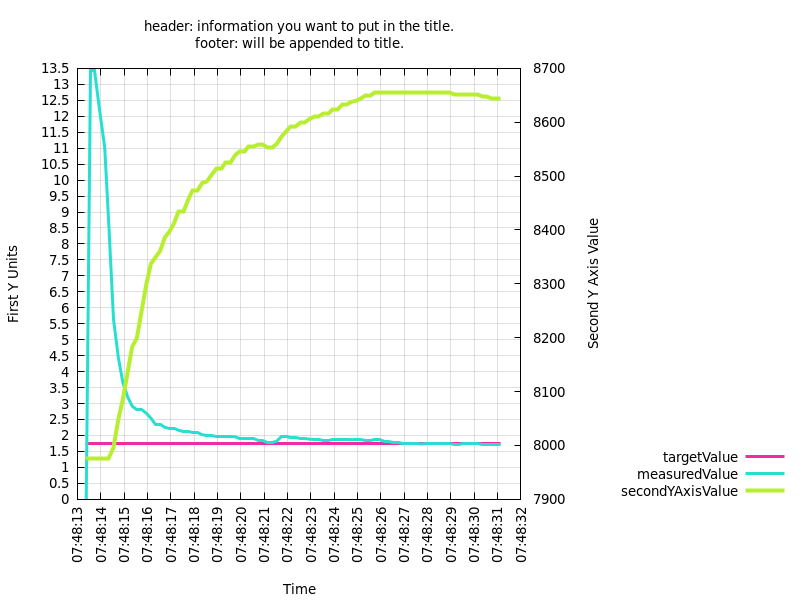

In case your current folder contains the script you may enter the following instead: gnuplot sinx.p In order to export Gnuplot output to one of these formats, you simply specify a corresponding terminal in Gnuplot. Gnuplot supports terminals for various formats including PNG, JPG, GIF and PostScript. Open your terminal and type: gnuplot path/to/sinx.p To export Gnuplot output, you just specify a terminal which then, depending on the type of the terminal, determines the format of output file. The output file can be visualized in Gnuplot using the following command: splot singlecell.gnu with. You may customize the set output line with the path you would like the file to generate the file. Gnuplot 3D visualization of a single Voronoi cell. In the example above you find the most common commands, however, there are several other commands to be explored such as set xlabel, set ylabel, etc. Create a script fileĬreate a file sinx.p with the following contents: # Set the output to a png file (3.573,5.970)-(3.618,5.992)-(3.663,6.004)-(3.708,6.008)-(3.754,6.Gnuplot is able to generate a graphic from a script file which allows for a sequence of commands necessary to draw a graphic to be executed in sequence instead of type in manually.įor the purpose of this example we'll create a simple script to draw a sin(x). Terminals that spawn a GUI dont need an output file, so pass an empty. 3 It is a program with a fairly long history, dating back to 1986. The program runs on all major computers and operating systems ( Linux, Unix, Microsoft Windows, macOS, FreeDOS, and many others).
#Gnuplot output windows#
OPTIONS -p, -persist lets plot windows survive after main gnuplot program exits.

(0.181,0.071)-(0.226,0.080)-(0.271,0.090)-(0.316,0.099)-(0.362,0.111) % deal.II supports, through the DataOutBase class, a large number of popular visualization formats, such as those used by the OpenDX, gmv, or gnuplot programs. Support for many output devices and file formats.
#Gnuplot output pdf#
Set title "poisson PDF using normal approximation" Set arrow 1 from 5, 0, 0 to 5, 0.178412, 0 nohead back nofilled linetype -1 linewidth 1.000 Set label 2 '$\sigma$' at 7.73607, 0.108213, 0 left norotate back nopoint offset character 0, 0, 0 Set label 1 '$\mu$' at 5.5, 0.0193014, 0 left norotate back nopoint offset character 0, 0, 0 For more details and examples, see Peter Hedwig's gnuplot page. This ensures font and line width consistency, and it is straightforward A demonstration of output from Peter Hedwig's Gnuplot TikZ terminal.


 0 kommentar(er)
0 kommentar(er)
